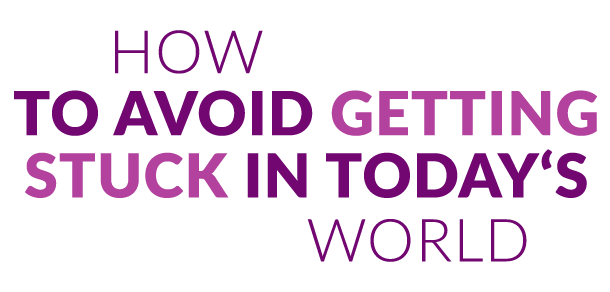29 nov. Rules of Evidence Law School
If you are under pressure from the judge, be prepared to literally connect the strategic points for him. Such an offer is not common, but you must be prepared to support your offer with a convincing explanation of how the evidence relates to your theory of the case and the interrelationship between that evidence and other evidence. This analysis is central to identifying relevant evidence. I rise to make my opening remarks. I stand and confidently in front of the jury and deliver the goods. The jury is with me. I explain my case and recite what I think the evidence will show. I sit down and am satisfied that I set the table correctly for a fair verdict – a verdict for my client. Now the parade of witnesses begins. My first witness is on the witness stand. I`m less than five minutes away from my exam, in the middle of a question, and then it happens. The word shakes me first – “OBJECTION”. Of course, I`ve heard the word before.
Of course, I know its importance in this context; But I`m frozen. I try to pull myself together, but nothing comes. The judge said impatiently, “Mr. Greenaway, Mr. Greenaway.” I take my courage in both hands: “Your honor,” and then I wake up. There are five types of valid party admissions under 801(d)(2): (a) individual admissions; (b) adoption registrations; (c) approved authorisations; (d) the approval of agents; and (e) conspiracy statements. Rule 801(d)(2)(e) is a favorite in criminal conspiracies, but don`t forget its application in civil conspiracies. The key question is: was the statement made to promote the conspiracy? If this is the case, the statement of the co-conspirator may be admitted into evidence.
For example, A is the accused in court, charged with conspiracy to commit murder. B is the witness. C is not present. C, a member of the conspiracy, tells B that he (B) and A must pick up the explosives at 123 Main Street and place them in D`s house so that they explode at midnight. This is a permissible co-conspiratorial statement to promote a conspiracy. The self-authentication rule was adopted to distract the objection of the experienced and intelligent litigator. “Objection, Your Honour, this document contains no proof of authenticity or reliability.” Stunned, the newcomer has this silent “Oh, my God!” -Moment. Section 902 alleviates your concerns. The documents listed in Rule 902 do not require external proof of authenticity to be admissible. Check this list if you have a government document or a public document. It will likely be eligible and give you a concise answer to the smart veteran.
These are all valid concerns, but for starters, my most fundamental advice is to throw caution to the wind. Be prepared to appeal at any time if a witness remembers to the jury what they have already said or heard and are currently telling on the witness stand. If you are not willing to act, you may lose your objection. Over time, you will learn that apart from offensive hearsay, there will be hearsay that, although offensive, you will choose not to contradict and admit the evidence. Undoubtedly, recognizing and distinguishing such nuances will come one day, but if you are reading this article, that day may not have come yet. You must determine why each piece of evidence is relevant to the issues the jury must resolve. When you analyze your evidence, ask yourself where are the witnesses you are supposed to call, what are your exhibits, why are they relevant? Does this evidence support the jury`s task of determining whether a material fact (an essential fact) to the plot is more likely than not? How should this competent evidence be submitted to the jury for review? It is important to remember that this should be taken into account from the outset of your participation in the dispute. Simply raising the argument that evidence is relevant will not necessarily prevail and will not result in a favourable decision by the judge.
The relevance objection requires the judge to intervene only if the correlation between the evidence and the theory or defence of the case is not obvious, or if it is clear but there is also a legitimate basis for excluding the evidence. At the beginning of your career, there is no point in hearing experienced lawyers or even federal judges like me say that mastering the rules will come with time. Young lawyers particularly struggle with the rules of evidence because they do not know and cannot easily recognize which rules can and should be mastered. The attempt to detect unfair bias is not undisputed. I always analyze the paradigm in terms of whether the evidence shifts the jury`s attention from the problem it has to solve to the actual creation of bias.


